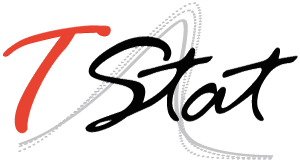PROGRAM
SESSION I: WORKING WITH TIME SERIES IN STATA
A quick introduction to Stata for time series data:
Importing datasets
Creating and formatting date variables using date and time functions and declaring datasets to be time-series
Using time-series operators to create lags
Differences
Leads
Graphical analysis of time series:
Line plot
Correlogram
Histogram
Testing for autocorrelation and testing for unit root
Univariate time series models: theoretical elements and practical applications of modelling real-world macroeconomic time series with the arima command
Modelling volatility: univariate ARCH/GARCH models. Theoretical elements and practical applications of modelling real-world financial time series with the arch command
Forecasting with AR(I)MA-ARCH models
SESSIONS II: MULTIVARIATE TIME SERIES MODELS
Stationary Vector Autoregression (VAR) modelling: theoretical elements and practical applications of modelling real-world macroeconomic time series with the var command
Checking correct specifi cation of VAR models: diagnostic tests and plots
Granger causality and impulse response function analysis
Non-stationary time series: an introduction to cointegration
Vector error-correction models: theoretical elements and practical applications of modelling real-world macroeconomic time series with the vecm command
SUGGESTED READING (PRE – AND POST-COURSE)
Introduction to Time Series Using Stata. Stata Press Publication, S. Becketti (2020).
Financial Econometrics Using Stata. Stata Press Publication, S. Boffelli and G. Urga (2016).

